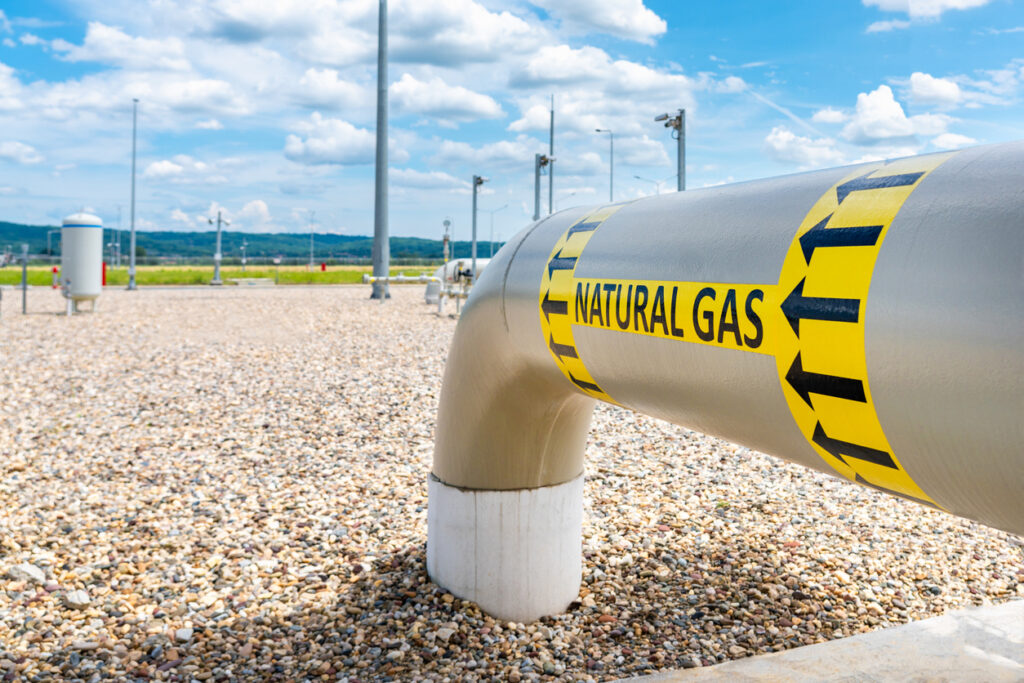(Oil & Gas 360) – The seemingly unending downward pressure on domestic natural gas prices isn’t getting much relief, given October storage numbers, according to the Energy Information Administration (EIA).
October is routinely known as the start of injection season for increasing natural gas inventories ahead of winter. The agency shows current storage to be over 175 billion cubic feet (BCF) above the five-year average. However, the 3.6 trillion cubic feet of gas in storage is just 124 BCF higher than last year.
Following two successive warm winters that saw 40% more gas in storage than the five-year average this spring, a hot summer helped draw down on the overhang, but not enough. Despite a hot summer that saw the softest spot prices in five years, Henry Hub prices have languished for 2024 at about $2.20 per British thermal units (Btus).
At the Waha hub near the Permian Basin, the volume of associated gas (gas produced alongside oil production) and lack of gas transportation out of the basins (i.e., takeaway) have produced unprecedented levels of negative pricing this year. Exacerbating the oversupply are exports from Canada, where, like the U.S., strong oil production has resulted in high levels of associated gas.
The U.S. continues to produce more natural gas than it uses and exports. In 2023, the country consumed roughly 90 bcf cubic feet of natural gas per day, which was a record, while exporting another ten billion.
As for oil, the U.S. Strategic Petroleum Reserve (SPR) is in better shape than in 2023 at nearly 383 million barrels of crude oil, about ten percent higher than this time last year.
The SPR has experienced considerable volatility due to withdrawals stemming from post-Covid supply disruptions and strategically-timed releases as a means to counter high inflation.
In 2023, the U.S. consumed over 20 million barrels of oil per day while exporting another 10 million barrels a day, which represented about 30% of the global market.
Oil prices remain under $80 a barrel, but the EIA projects them to be in the mid-$80s by the end of the year.
By Jim Felton for oilandgas360.com








